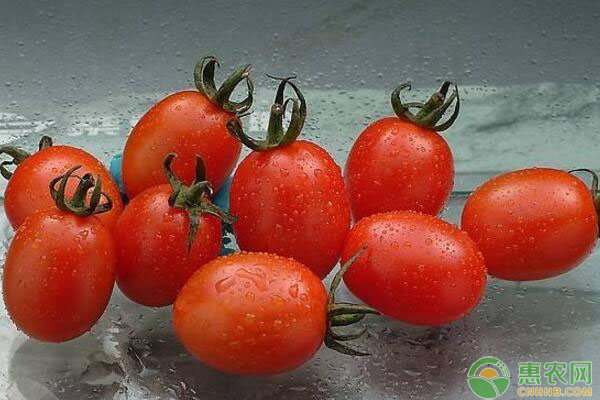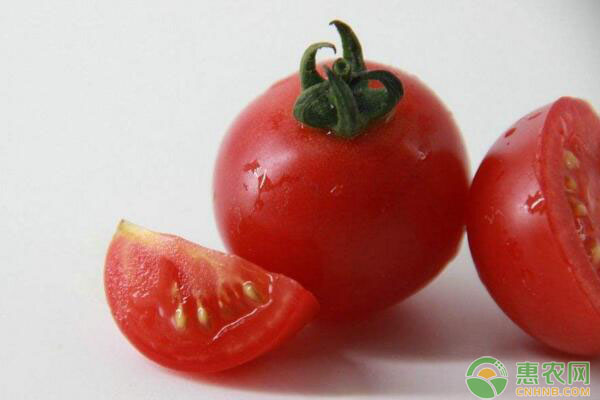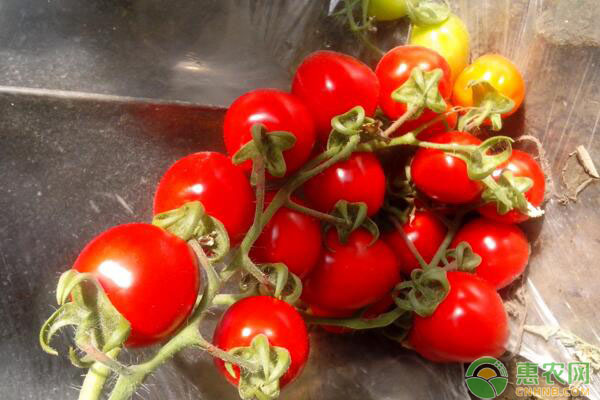Where is the core of tomato cultivation? Tomato is one of the common vegetables in our life. In the process of planting tomato, the core of tomato cultivation is mainly in facilities and management technology. If high-yield tomato cultivation, facilities and management techniques are indispensable, then small To elaborate on the key points of tomato cultivation.

1. Cultivation season
Tomatoes are usually sown in August and planted in September. Generally, from November to July of the following year, 25 ears of fruit can be harvested continuously.
2, cultivation methods
Tomatoes generally adopt rock wool cultivation method, which can well solve the physiological obstacles caused by hypoxia in the soilless culture.
3. Closed rock wool cultivation bed structure and liquid supply method
The ground is leveled and has a 1:100 slope along the length of the greenhouse. The special cultivation trough is used. The liquid supply method: only the concentrated nutrient solution storage tank is used. When the liquid is supplied, the automatic fertigation machine is used, and the nutrient solution is collected and recovered. use.
4, fertilizer
Tomato planting uses fully soluble horticultural grade fertilizer with low impurity content, nitrogen fertilizer is mainly nitrate nitrogen; common fertilizers mainly include: calcium nitrate, potassium nitrate, ammonium nitrate, potassium dihydrogen phosphate, magnesium sulfate, potassium sulfate, Fe-EDTA, Manganese sulfate, zinc sulfate, borax, copper sulfate and sodium molybdate.

5, management technology
(1) Nursery
The rock wool block was used for seedling cultivation. Before the sowing, the rock wool plug was immersed in a complete nutrient solution with an EC value of 1.5 mS/cm for 24 hours, and then the seed was directly sown in the cavity in the middle of the rock wool plug, and the fine vermiculite was covered after sowing. , and then covered with black and white plastic film to protect the skin. The temperature is controlled at 25-30 degrees, only water is poured before emergence, and more than 60% of the plastic film is uncovered immediately after emergence. 7-10 days after emergence, the rock wool block was first immersed in a complete nutrient solution with an EC value of 1.5 mS/cm for 24 hours, and then the rock wool plug was transplanted into the rock wool block, and the EC value was 1.0 mS/cm per day. The nutrient solution is watered for l-2 times, and can be colonized when the seedling grows to 8-12 true leaves.
(2) Colonization
The cultivation density of tomato is generally 2.5-3.0 plants/m2, and the cultivation substrate is arranged according to the required cultivation density 2 to 3 days before planting, and then the substrate is irrigated with a complete nutrient solution with an EC value of 2.5 mS/cm. In the hour, let the substrate and nutrient solution work. Open the bag before planting, and drain the excess nutrient solution before planting it.
6. Greenhouse environmental management
(1) lighting
Reduce the greenhouse structure to shade crops and clean greenhouse cover materials in a timely manner.
(2) Temperature management
Tomato growth is suitable for 15-35 degrees, too high or too low temperature is not conducive to tomato growth. The suitable temperature for growth of tomato after emergence is 24 degrees. After planting, the daytime temperature should be controlled at 23-25 ​​degrees and the night temperature should be 20 degrees. After the start of harvest, the temperature is 20 degrees during the day and 18 degrees at night.
(3) Humidity management
The optimal humidity of tomato during the whole growth period is 60-85%, and the humidity is too high or too low, which is not conducive to tomato growth.

7, plant adjustment
(1) Pruning
Using the scorpion method to pruning, remove all lateral buds, and pruning 1-2 times a week to prevent the spread of viral diseases; milking should usually be carried out when pruning, using high protein of milk to wrap virions, inactivating and reducing viruses The probability of the patient being transmitted.
(2) Pollination
In addition to self-pollination, tomato can also be artificially assisted in pollination. There are two main methods of artificially assisted pollination: electric oscillator and bumblebee. According to your own situation, it is necessary to pay attention to the fact that tomato pollination is not suitable for hormones.
(3) thin fruit
Tomato fruit thinning is mainly to ensure the commerciality of tomato. Generally, the total weight of each tomato is about 1000g, and the number of fruits with higher single fruit weight is less. The large tomato usually has 4-6 per tomato, cherry tomato. The skewers are kept for 25-30, and the deformed fruit and diseased fruit should be removed in time.
(4) Picking leaves
With the aging of the leaves, the function of photosynthesis is gradually weakened, and the disease resistance is reduced, which is prone to disease. Therefore, it is necessary to properly remove the old leaves, and generally remove the leaves below the bottom of the string, and put the bottom of the bottom before the seat. 3~5 old leaves are removed, and each plant can keep 20~25 leaves.
8, pest control
(1) Tomato pests and diseases
The main diseases include rickets, leaf mold, gray mold, sclerotinia, bacterial diseases and viral diseases. The main pests are noctuid, sakura, whitefly and leafhopper.
(2) Biological control measures
Select anti-(resistant) disease varieties; strengthen water and nutrient management and environmental control during seedling stage, timely colonization, prevent seedlings from growing up; comprehensively apply environmental control equipment such as greenhouse heating system, ventilation system, curtain, etc., adjust temperature and humidity, and make environmental conditions It is not conducive to the occurrence of pests and diseases; strictly enforce the production operation procedures, prevent internal and external personnel and operating equipment from becoming the medium of pests and diseases; timely pruning, clearing old, residual branches, leaves, fruits, etc. infected by pests and diseases, reducing disease The source of insect infestation; device insect net, using the light to kill; in the early stage of the release of natural enemies.
(3) Chemical control measures
The person in charge is responsible for inspecting and monitoring the occurrence of pests and diseases, and timely prescribing the drug; the bio-pesticide is preferred in the prevention and treatment of the drug (the disease-resistant kasugamycin and anti-mycin, killing and garinong, etc.; the insect-preventing plant preparation- oxymatrine , microbial preparations - PNV, etc.) and biomimetic preparations (such as: anti-insects, such as card death, inhibition, Taibao, Miman, Uranus, etc.); rational use of high-efficiency, low-toxic, safe chemical agents (such as disease prevention, there are Pulk, Anke, acesulfame, etc.), while paying attention to the different types of pesticides used interchangeably to avoid drug resistance.
9, harvesting
When the tomato turns from green to light red, it can be harvested. Large tomato varieties are generally harvested 2 or 3 times a week. Feeding is best done in the morning, because the lower temperature is high, to avoid picking tomatoes in the sun. Under exposure, this will cause the tomato water to disperse quickly and affect the value of the commodity.
Trolley Ultrasound Scanner,Color Doppler Ultrasound,Doppler Ultrasound Diagnostic Instrument,Trolley Full Digital Ultrasound Scanner
Mianyang United Ultrasound Electronics Co., Ltd , https://www.uniultrasonic.com